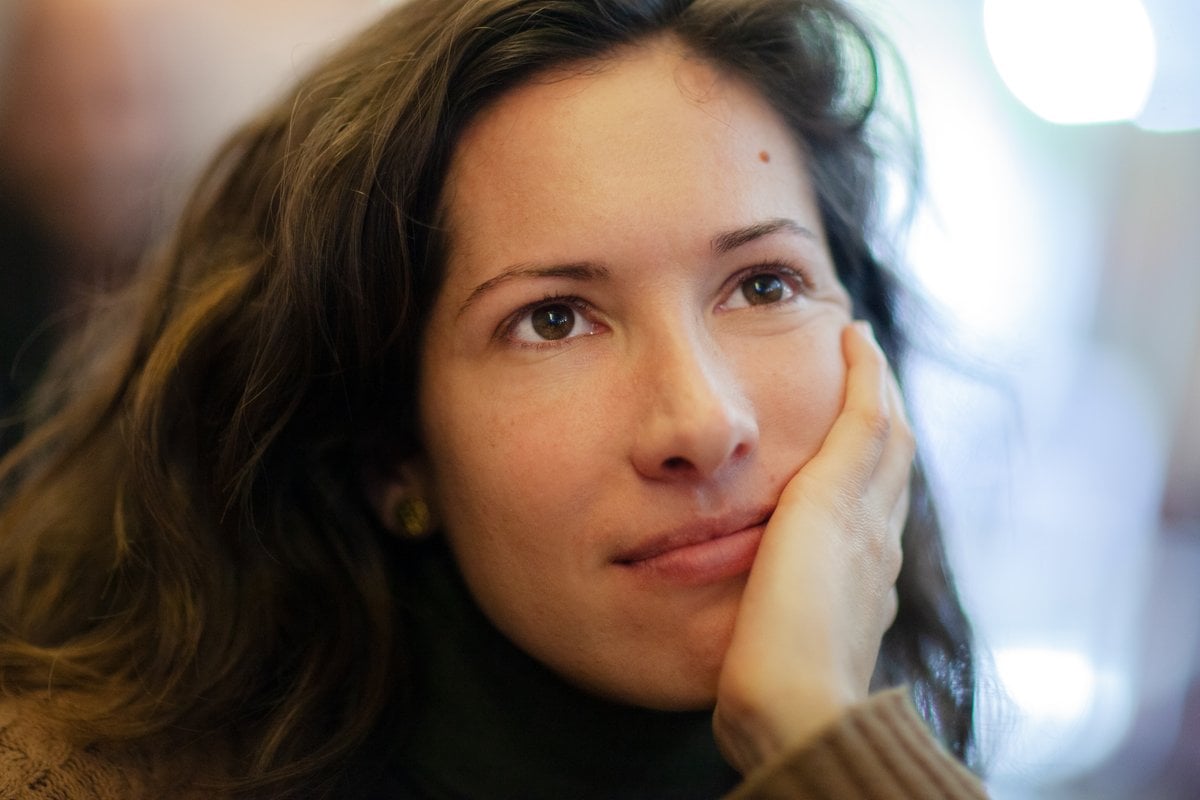
We’ve all seen the ads.
Two photos are juxtaposed on the screen. On the left is a candid shot in poor lighting. The face looks strained, insecure. The smile, if present, is faint and closed.
To the right is what appears to be the same person, only new and improved! Slimmer and, we are expected to assume, healthier. But that’s not all. The hair is styled, the clothes new. The light is just right, as is the angle from which the photo is taken. The wide smile reveals gleaming teeth.
Watch: Here's how to get a beach body. Post continues below.
If such a transformation was possible for this person, you can believe it’s possible for you, too.
Diets, detoxes, exercise systems — even the most research-based programs with demonstrated long-term efficacy — all use the same formula to convince people to buy what they’re selling. And of course they do. We shop with our eyes first.
An "after" photo is evidence that what they’re offering works. I don’t know about you, but I’m a lot more likely to shell out my hard-earned money on something if I’ve seen some proof of concept, even if the asterisk does say results not typical.
